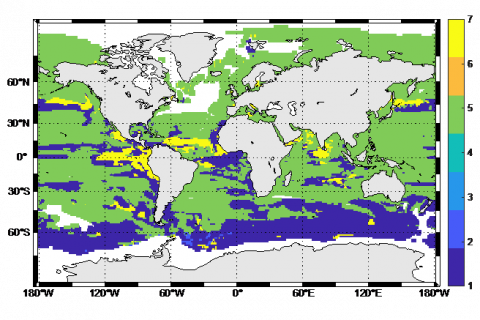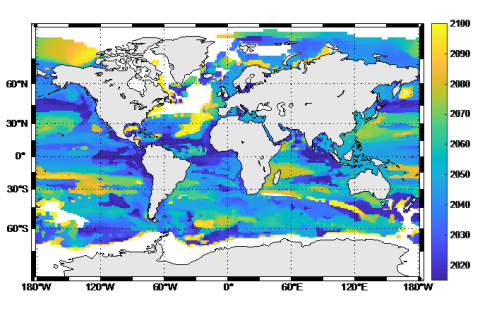Hidden threat to low-lying coast lines: Acceleration in sea-level
Global mean sea level has been steadily increasing since 1850s mainly due to anthropogenic climate change. This increase in sea level is consistently modified upward starting a couple of decades ago. Projections of that modification in sea level hint that the acceleration rate will be an impeccable indicator of sea level threats along the vulnerable coasts over the 21st century.

Hence, credible and robust regional projections of sea-level accelerations will be key factor for local planners and policy makers. However, the onset of continuous acceleration in sea level rise and its possible regional drivers are not well elucidated yet. In the Water, Climate & Future Delta Hub, we investigate the acceleration of regional sea level and the main drivers by using global climate models. Our results indicate that the acceleration in sea level rise is mainly due to the change of Antarctic Dynamic, Glacier and Ocean components, see the figure above.

Most of the regions will be highly affected by forced sea-level acceleration starting from 2030s for the considered climate scenarios RCP4.5 and RCP8.5, see figure. Non-local characteristics of main drivers point out that mitigation of greenhouse gas emissions at global scale remains crucial for the regional sea-level rise over the 21st century. For the Dutch coast, this work indicates permanent sea-level acceleration starting from year 2040s mainly due to the impact of Antarctic Ice Sheet Dynamics.

